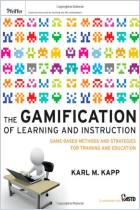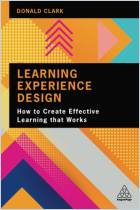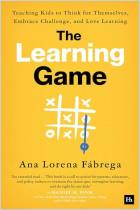Professor Lee Sheldon reaches out to his students by bringing gaming into the classroom. Sheldon describes how he successfully converted four of his college courses into “multiplayer classrooms” or “MCs.” In an MC, students learn collaboration, problem-solving skills and a whole new vocabulary. MC classes show gains in attendance, participation and enthusiasm. This is not a how-to manual, but teachers can apply Sheldon’s ideas to their classrooms. getAbstract recommends his innovative approach to teachers, professors and school administrators.
Gamifying the Classroom
Commercial video games are designed for people of all ages. The stereotype of gamers as only teenage boys is obsolete. As of 2010, 26% of gamers were older than 50, 60% were male, and 40% were female and that number is climbing. The average gamer is 34. When the gamers are younger, “parents are present” when they buy or lease games “93% of the time.” Games are popular; many people play games on their smartphones or on social media sites. Although some game makers design games exclusively with women in mind, the most successful games appeal to both genders and a variety of ages.
Education game designers can be teachers or students who are unfamiliar with basic game design or commercial designers who create video games to entertain but not necessarily to educate. However, professor Lee Sheldon set out to do just that. His attempts to design classroom-based games to engage college students led to “the multiplayer classroom” (“MC”).
Children in preschool or kindergarten start out with a certain amount of free time for unstructured play. As they get older, they lose their free time and must learn enough facts and figures to pass standardized...





















Comment on this summary or Comenzar discusión